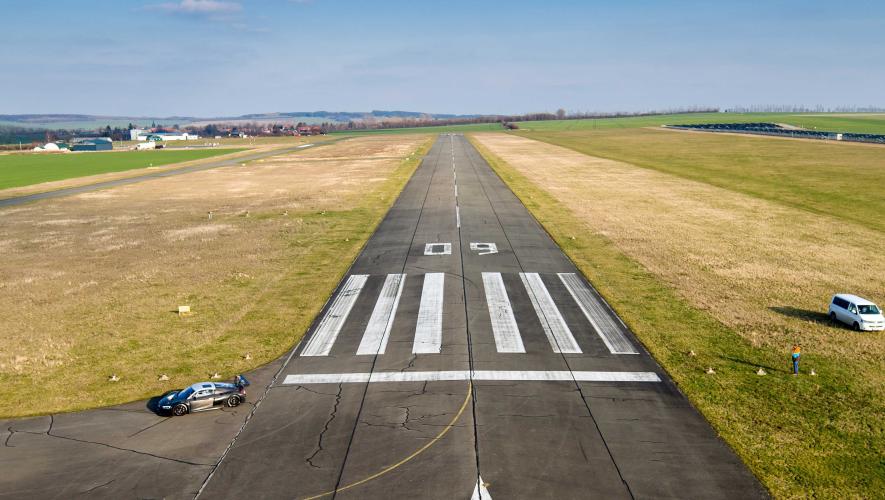The loss of control and subsequent breakup of an instructional flight in freezing IMC was due to “spatial disorientation and the cumulative effects of task saturation,” according to a recently released National Transportation Safety Board report on the fatal crash of a Cessna Citation 501 on Feb. 8, 2020. The two pilots and two passengers were killed in the accident.
In the left cockpit seat was an instrument-rated private pilot with a reported total flight time of 805 hours. The right seat was occupied by a type-rated CFI serving as PIC. Given that the remarks section of the filed flight plan described the flight as a “training flight” and the left-seat pilot’s plan to obtain a type rating, “it is likely the pilot in the left seat was the flying pilot for the majority of the flight,” concluded the Safety Board.
During the 25-minute flight, controllers repeatedly asked the crew whether “everything was all right” as the aircraft was not holding the assigned course or altitude. The pilots initially reported a problem with the autopilot, then a navigational issue—which they later indicated was resolved—and finally, they reported a problem with the left-side attitude indicator.
At 11,500 feet, the twinjet was cleared to 16,000 feet and climbed at 6,000 fpm. As it passed through 15,000 feet, it entered a descending left turn, and radar contact was lost. Because most pilot reports in the area indicated light icing and the climb performance just before the loss of control, the Safety Board concluded: “It is unlikely the icing conditions made the airplane uncontrollable.” Furthermore, the left-side attitude indicator examination revealed no anomalies with the instrument.







